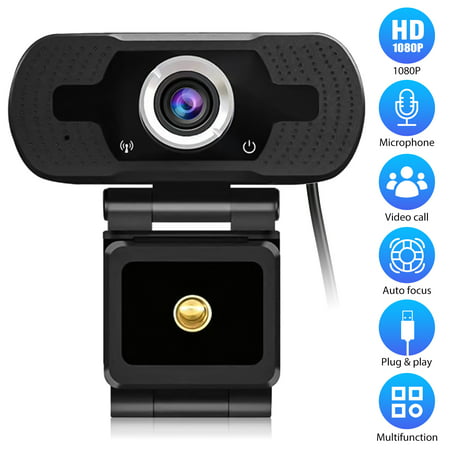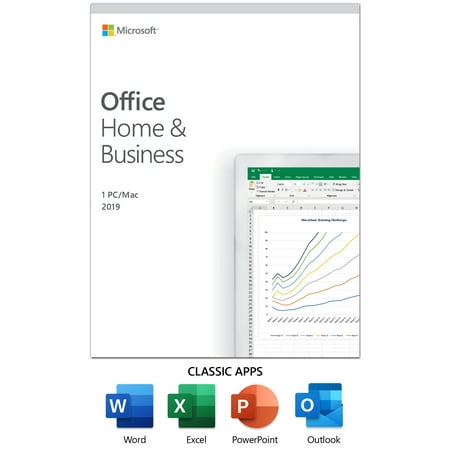USB 2.0 0.3 Mega Pixel Web Cam HD Camera Webcam with Mic Microphone for Computer PC Laptop Notebook
Features:- Built-in sound absorption microphone, your voice can be heard simply in 10 meters.- Great excellent and first rate appearance.480P excessive definition and actual coloration pictures.- Left &right 360 tiers and up &down 30 stages rotatable, you could modify the perspective as you like.Specifications:- DSP chip: Driverless- Image sensor: CMOS- Lens: glass lens- Focal duration: 8mm-infinity- High definition: 0.3M pixels- Dynamic resolution: 640 * 480- Frame price: 30fps- Line period: 140cm- Package content:- 1 x Web Camera- 1 x User ManualNotes:1. Manual measuring, please allow 1 ~ 3mm blunders,thank you.2. Due to the distinction between different monitors, the photo might not mirror the real coloration of the item. We assure the style is the same as shown within the image.














Reviews
There are no reviews yet.